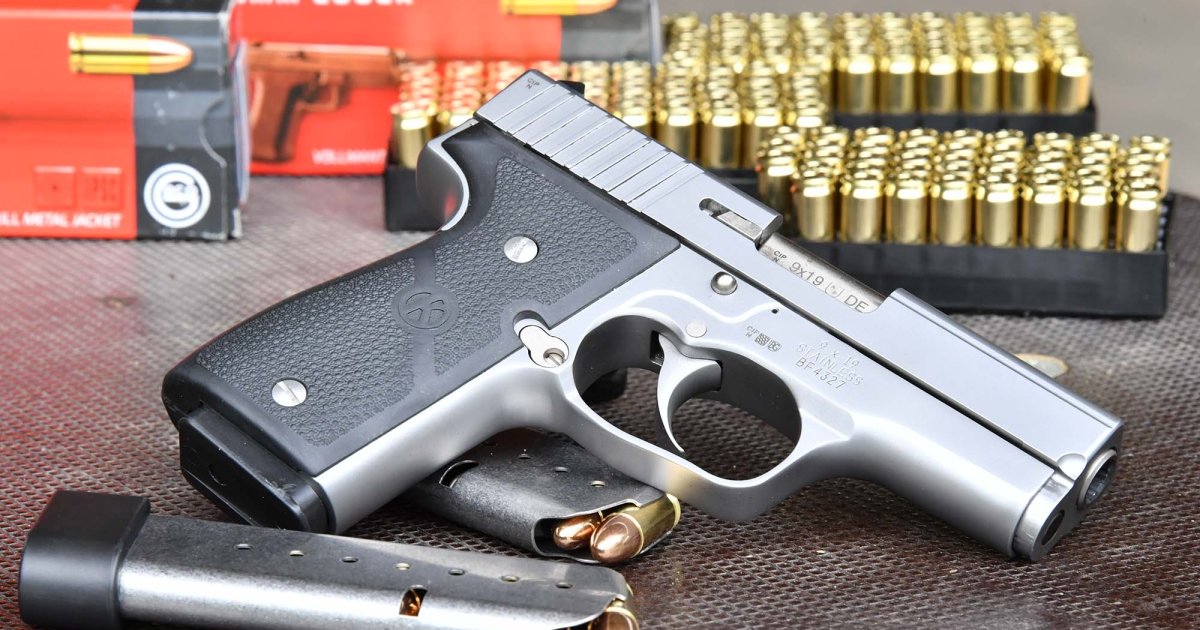To fully understand ammunition, it is essential to recognize its four fundamental components: the cartridge, bullet, primer, and powder. A cartridge forms the container, the primer initiates ignition, the powder provides propulsion, and the bullet serves as the projectile. This detailed breakdown will help you understand their roles and interconnections.
The Basics of Ammunition
Ammunition, often referred to as ammo, is the backbone of firearms. It consists of assembled components designed to fire a projectile from a firearm. The significant elements are the cartridge, bullet, primer, and powder. For those interested in learning more about various ammunition types, you can read about all ammo types and calibers at DB Firearms to gain a more comprehensive understanding.
Definition and Importance
Ammunition is essential for operating firearms safely and effectively. It aids in hunting, self-defense, and sporting activities, and is crucial for military and law enforcement.
Historical Evolution
The evolution of ammunition dates back to ancient times with the use of simple projectiles. Over centuries, technological advancements have refined ammunition to its modern form, incorporating sophisticated components for better accuracy and efficacy.
The Cartridge: The Container
Structure and Design
A cartridge is a pre-assembled unit comprising a shell casing, bullet, primer, and powder. Its primary function is to hold all the components together, ensuring safe and effective firing.
Types of Cartridges
Understanding cartridge types is crucial for any firearm user. There are two main types:
- Rimfire Cartridges: These types have the primer located in the rim of the cartridge and are generally smaller in caliber.
- Centerfire Cartridges: Here, the primer is situated in the center of the cartridge base. These are more common in larger calibers and can often be reloaded.
The Bullet: The Projectile
Composition and Materials
Bullets are made from various materials that meet different needs:
- Lead Core Bullets: Cheap and popular but lead can be environmentally harmful.
- Full Metal Jacket (FMJ): Features a soft core encased in a harder metal.
- Hollow Point Bullets: Expand on impact, causing more damage to targets.
Bullet Shapes and Uses
The shape of bullets varies according to their purpose:
- Round Nose: Common for general use with balanced performance.
- Flat Nose: Often used in lever-action rifles and for target shooting.
- Boat-tail: Optimized for long-range shooting due to aerodynamic design.
The Primer: Ignition Source
Primer Functionality
Primers play an essential role in igniting the powder, which subsequently propels the bullet forward. They contain a small amount of explosive material that is ignited by the firing pin strike.
Types of Primers
- Boxer Primers: Commonly used in the Western hemisphere, designed for easy reloading.
- Berdan Primers: More prevalent in European ammunition, often harder to reload.
Safety and Handling
Due to their explosive nature, primers must be handled with extreme care to avoid accidental discharge.
The Powder: The Propellant
Types of Gunpowder
Gunpowder comes in two primary forms:
- Black Powder: The traditional form, now mostly replaced by smokeless powder.
- Smokeless Powder: More efficient and produces less residue, widely used in modern ammunition.
How Gunpowder Works
Gunpowder’s combustion process rapidly generates gas, increasing pressure that propels the bullet out of the firearm’s barrel. This process is carefully controlled to ensure safety and efficiency.
Internal Ballistics: What Happens Inside the Gun
Firing Process
When the trigger is pulled, the firing pin strikes the primer, igniting the powder. The expanding gases push the bullet through the barrel.
Pressure and Temperature Dynamics
The internal environment of a firearm experiences extreme pressure and temperature changes, which are carefully managed to maximize performance and safety.
Ballistics: The Science of Projectiles
Internal Ballistics
This refers to the processes inside the firearm leading up to the bullet’s exit from the barrel.
External Ballistics
- Flight Dynamics: Involves the study of bullet flight from the barrel to the target, affected by gravity, air resistance, and other factors.
Terminal Ballistics
- Impact on Target: This aspect studies the behavior of the bullet upon impact, vital for understanding its effectiveness for various applications.
Ammunition Manufacturing and Reloading
Steps in Manufacturing
From raw materials to finished cartridges, the manufacturing process includes precise cutting, forming, and assembly stages.
Reloading Basics and Safety
Reloading is the process of assembling spent cartridges and requires specialized tools and knowledge to ensure safety and reliability.
Safety and Legal Considerations
Proper Handling and Storage
Ammunition should be stored in cool, dry conditions, away from heat sources. Proper labeling and secure containers are essential for safety.
Legal Regulations and Compliance
Various regions have specific laws regulating the sale, use, and storage of ammunition. Compliance with these laws is crucial for responsible gun ownership.

